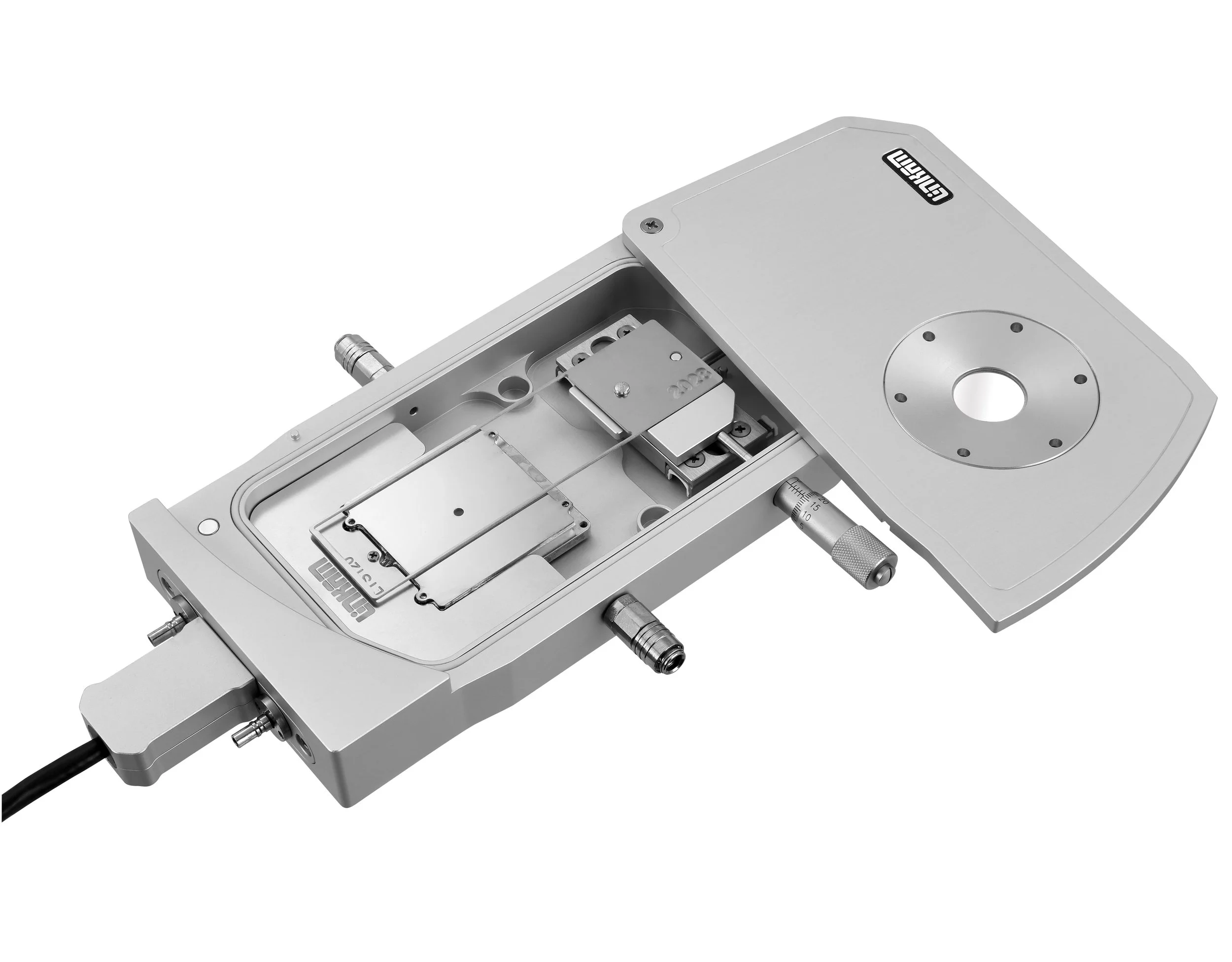CSS450 shown above
Medical advancements in the last few decades have seen the average human life expectancy notably increase. However, despite improved medical techniques and procedures, the demand for blood is ever increasing. Donated blood is in short supply and has a limited shelf life while current in-vitro methods of culturing do not provide a sustainable supply suitable for clinical needs.
Trakarnsanga et al., discovered a method of creating an immortal red blood cell (RBC) supply. Through testing these RBCs have been shown to be molecularly and functionally similar to in vitro cultured RBCs.
Stem cells are cells which are capable of proliferating into many - and sometimes all - types of cells. Previous in-vitro methods of culturing RBCs used the differentiating abilities of stem cells to produce RBCs from adult peripheral blood or umbilical cord blood stem cells. However, these RBCs have limited proliferation capacity and cells derived from cord blood often show fetal phenotypes.
Trakarnsanga et al., produced the BEL-A (Bristol Erythroid Line Adult) line which was created through transducing early erythroid cells grown from adult bone marrow stem cells with a plasmid construct. Environmental control maintained these erythroid cells in an indefinitely proliferative state. The cultured cells could then be induced to complete maturation through removal of the inducing factor. The bloodgroup of the cultured RBC matched that of the cell donor while the protein expression profiles of these cells were found to be similar to in-vitro cultured RBCs.
RBCs must be able to change shape under the stress of mechanical forces without rupturing. Testing this property in the BEL-A line is vital for clinical use. The group used the CSS450 shear stage, Imaging Station and Linkam imaging and control software to test the deformability of the cultured cells. The BEL-A line bound oxygen and had deformability indexes comparable to normal RBCs.
Transplantation of the BEL-A line into a murine host also proved successful with no difference in survival rate between these mice and mice transplanted with donor RBCs.
The group have created an immortal RBC line which through testing, matches in-vitro and normal RBCs in all categories tested. The discovery could provide a reliable and suitable blood source for those with rare blood groups and those requiring regular transfusions. Although more work will need to be done before clinical use, the ability to create RBCs through an immortal line could help alleviate the pressure of securing blood donors for patients and could prove life-changing for many.
Read the full paper here






